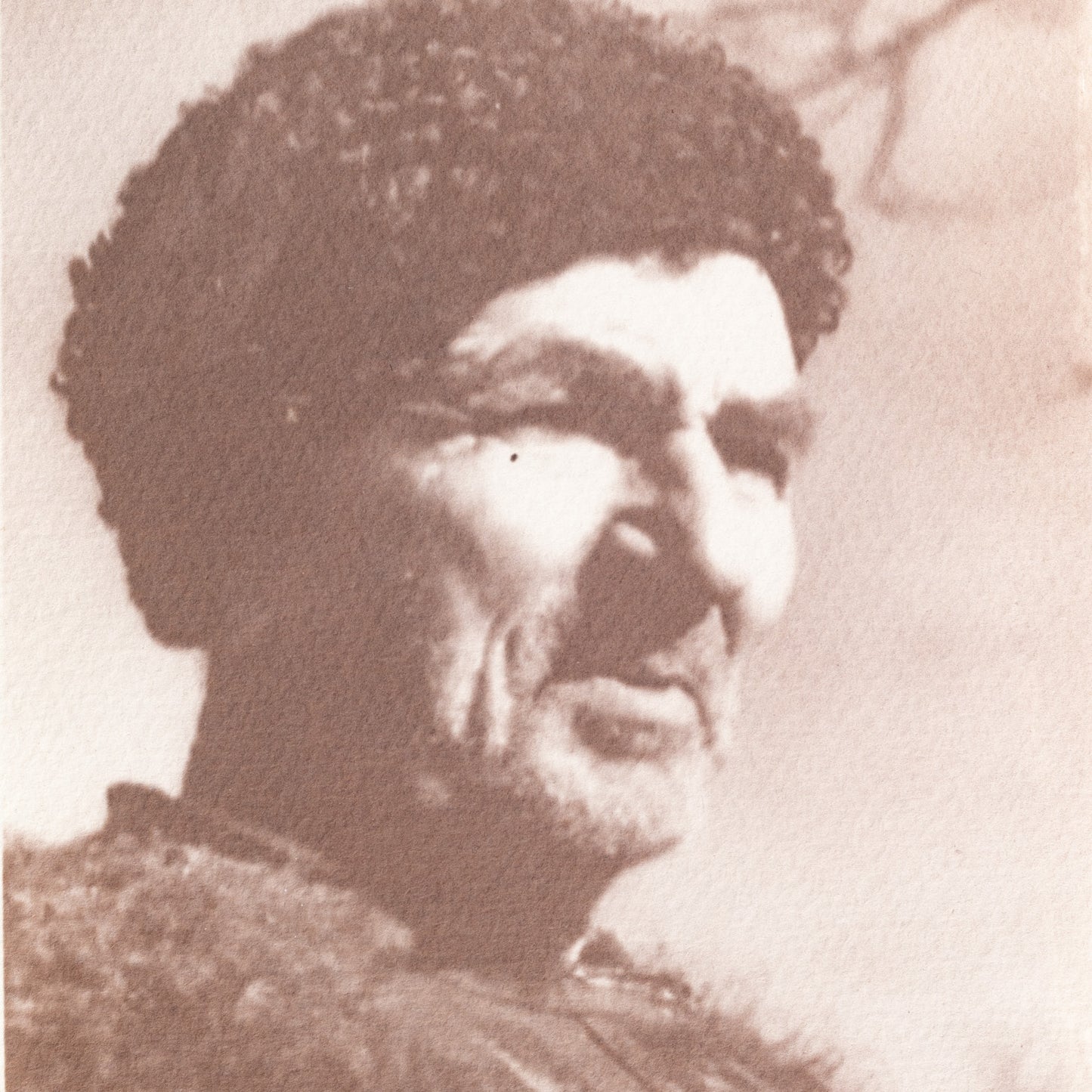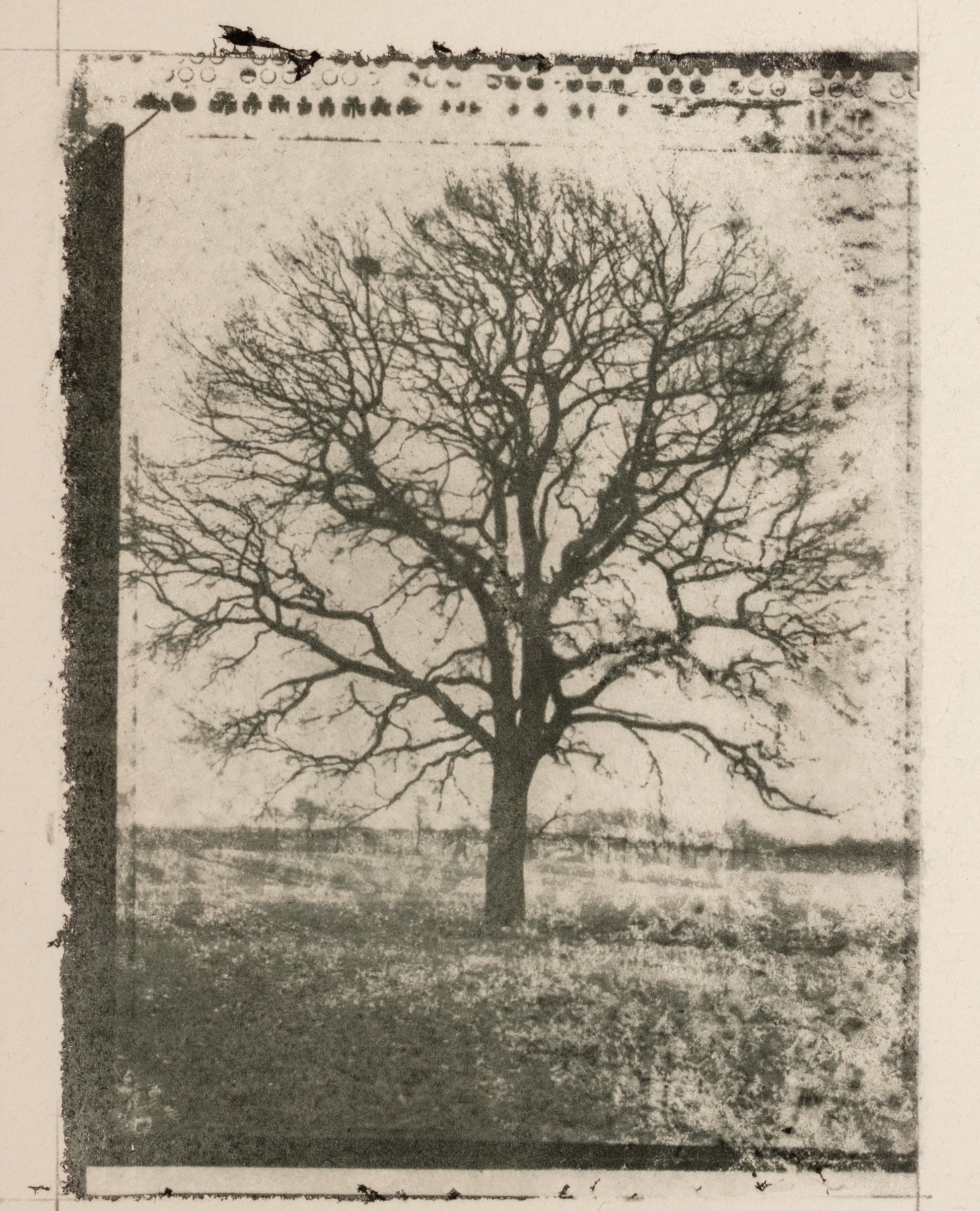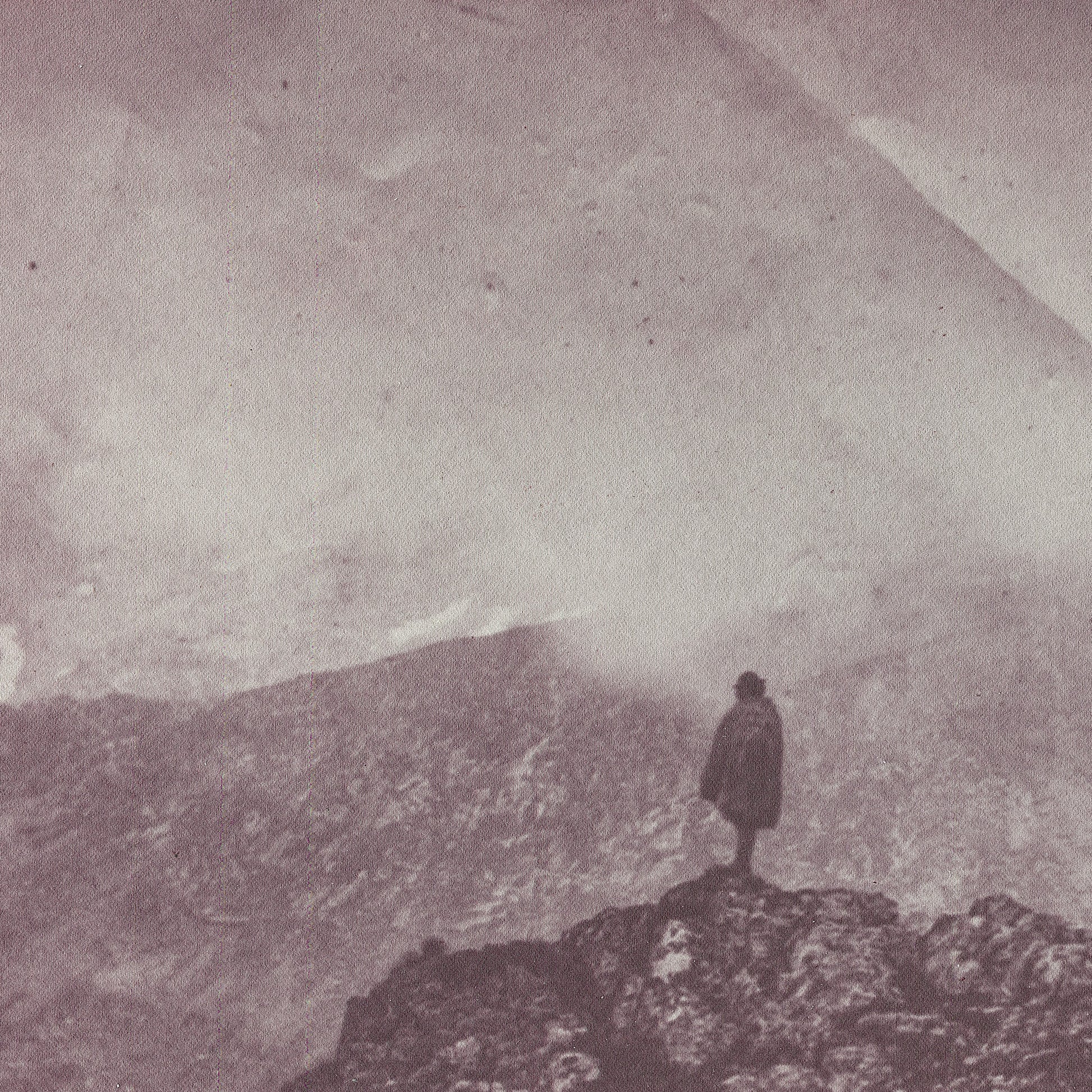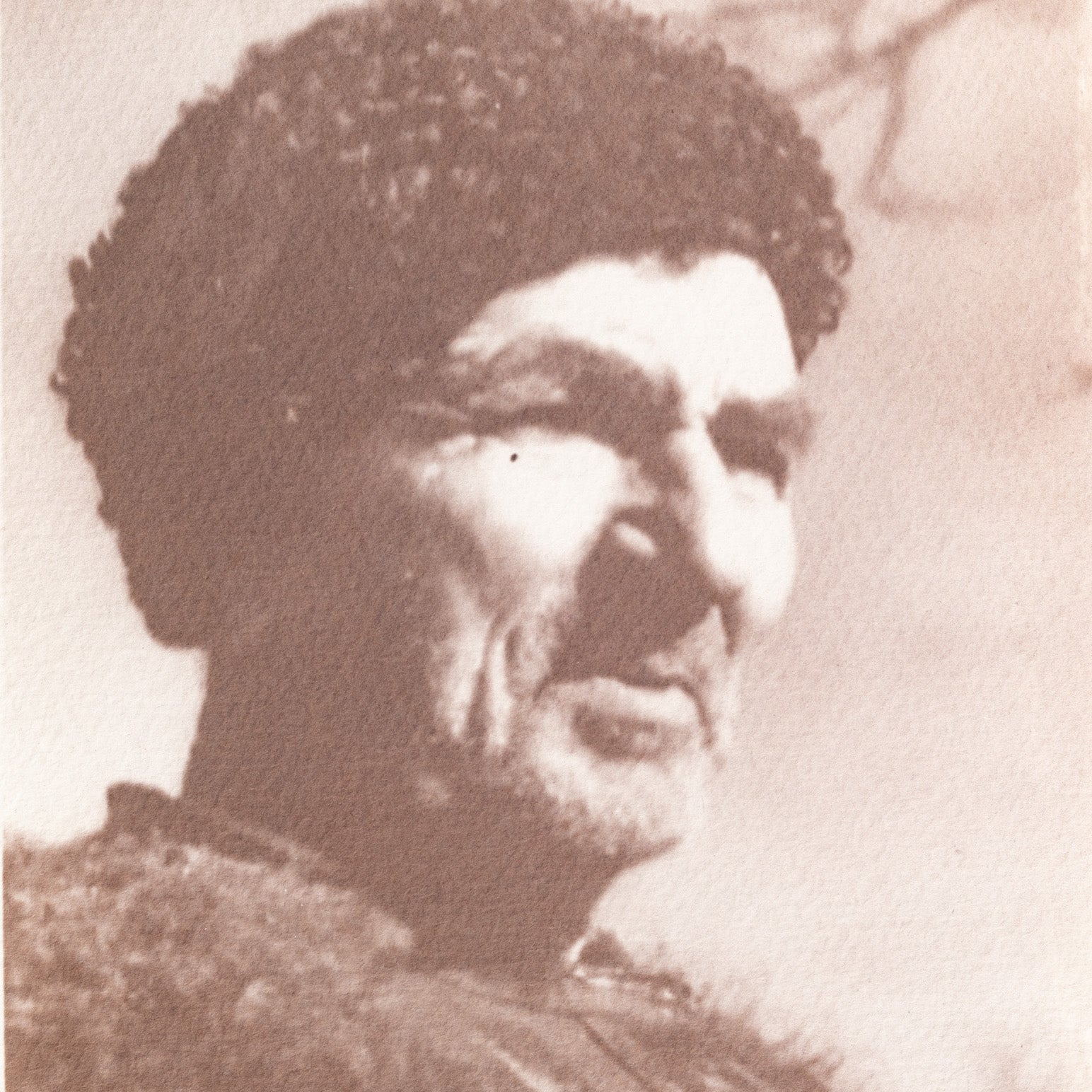tinygallery.photo
Salt paper & Bichromate Gum advanced 4 days session
Salt paper & Bichromate Gum advanced 4 days session
Couldn't load pickup availability
Improvement sessions are intended for people who want to practice ancient processes in a creative and in-depth way. They are divided into cumulative one-day sessions.
The session includes time to prepare and clean up the equipment.
For example, a 3 hour session is the time it takes for a complete process:
The different operations are:
Paper selection and preparation
Gluing paper with gelatin
Preparation of the photosensitive solution
Paper Awareness
UV exposure
Basic development
Image drying
Image whitening
Additional treatments
Finishing and cleaning the margins
Reading and evaluation master key
Washing, conservation and storage of equipment
The success of an image is directly linked to the time and care we want to give it. The quality of the material, its availability, its conservation and its cleanliness are essential elements.
The sessions benefit from permanent individual teaching and coaching and ultimately aim at the autonomy of the participants.
Bichromate Gum is a photographic printing process invented in the early days of photography. William Henry Fox Talbot found that sensitized dichromated colloids such as gelatin and gum arabic became insoluble in water after exposure to sunlight. Alphonse Poitevin added carbon pigment to the colloids in 1855, creating the first carbon print. In 1858, John Pouncy used colored pigment with gum arabic to create the first color images.
We rediscover gently this pigment process with high security and environmental standards.
The salted paper process is one of the earliest photographic processes, dating back to the mid-19th century. It was invented by British scientist and inventor William Henry Fox Talbot in 1834. This process paved the way for the development of modern photography.
Paper is coated with a solution of table salt (sodium chloride) and silver nitrate to make it photosensitive. This coated paper is known as "salted paper."
The resulting image is a brownish-black or sepia-toned print, characteristic of salted paper prints from this era. The process is known for its soft, subtle tonal qualities and was used to create many of the early photographic images.
The salted paper process was labor-intensive and required a great deal of skill and expertise. It was eventually replaced by more convenient and reproducible photographic processes, such as albumen prints and gelatin silver prints, as photography advanced in the late 19th and early 20th centuries. However, it remains an important part of photographic history and is sometimes still used by contemporary artists and photographers for its historical and artistic value.
Individual workshops of 4x one day of 2X3 hours
Share












